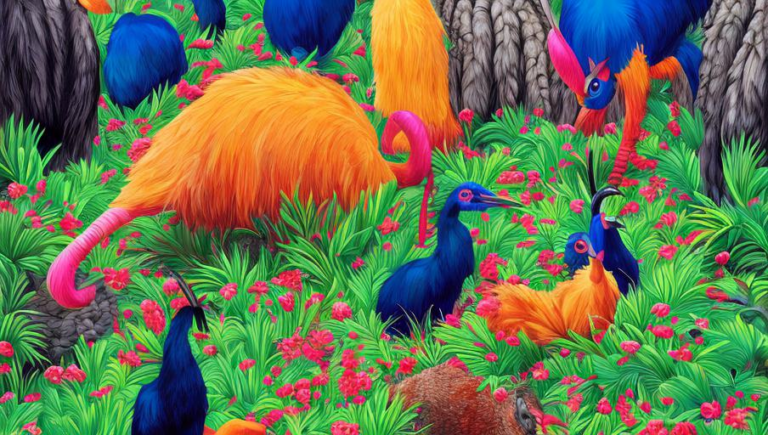It’s a Family Affair: A Look at the Social Structure of the Capybara

Introduction
The capybara is the world’s largest rodent, reaching up to four feet long and weighing up to 150 pounds. Native to South America, these semi-aquatic mammals inhabit dense forests and wetlands, and are often found near bodies of water. They are herbivores, and their diet consists of grasses, aquatic vegetation, and fruit. But what makes capybaras unique is their social structure and the way they interact with each other.
Social Groups
Capybaras live in social groups, or “herds,” that can range from four to more than 100 individuals. The herd is led by a dominant male, with the other males forming a hierarchy based on age and size. Females are typically the most numerous in the herd, and they tend to remain with the same group for life. The dominant male will typically mate with several females in the herd, and the other males will mate with females that are not part of the herd.
Dominance
In order to establish dominance, males will engage in aggressive behavior, such as chasing and vocalizing. They may also wrestle and fight, but these behaviors rarely result in serious injury. Females are typically more submissive and will generally not engage in displays of dominance.
Communication
Capybaras communicate with each other using a variety of sounds, including barks, grunts, and whistles. They are also capable of vocalizing in order to alert other members of the herd to potential danger.
Parenting
Capybaras are monogamous, with the female typically giving birth to a single litter of up to eight pups. The mother will typically take care of the pups on her own, while the father will provide protection and help with foraging. After a few months, the pups will begin to explore and interact with other members of the herd.
Conclusion
The capybara is an amazing creature with a fascinating social structure. The herd is led by a dominant male and consists of several females and subordinate males. The capybara communicates with a variety of sounds and is a monogamous species with the mother typically taking care of the pups. It is clear that the capybara is a highly social and intelligent creature with an interesting family dynamic.





